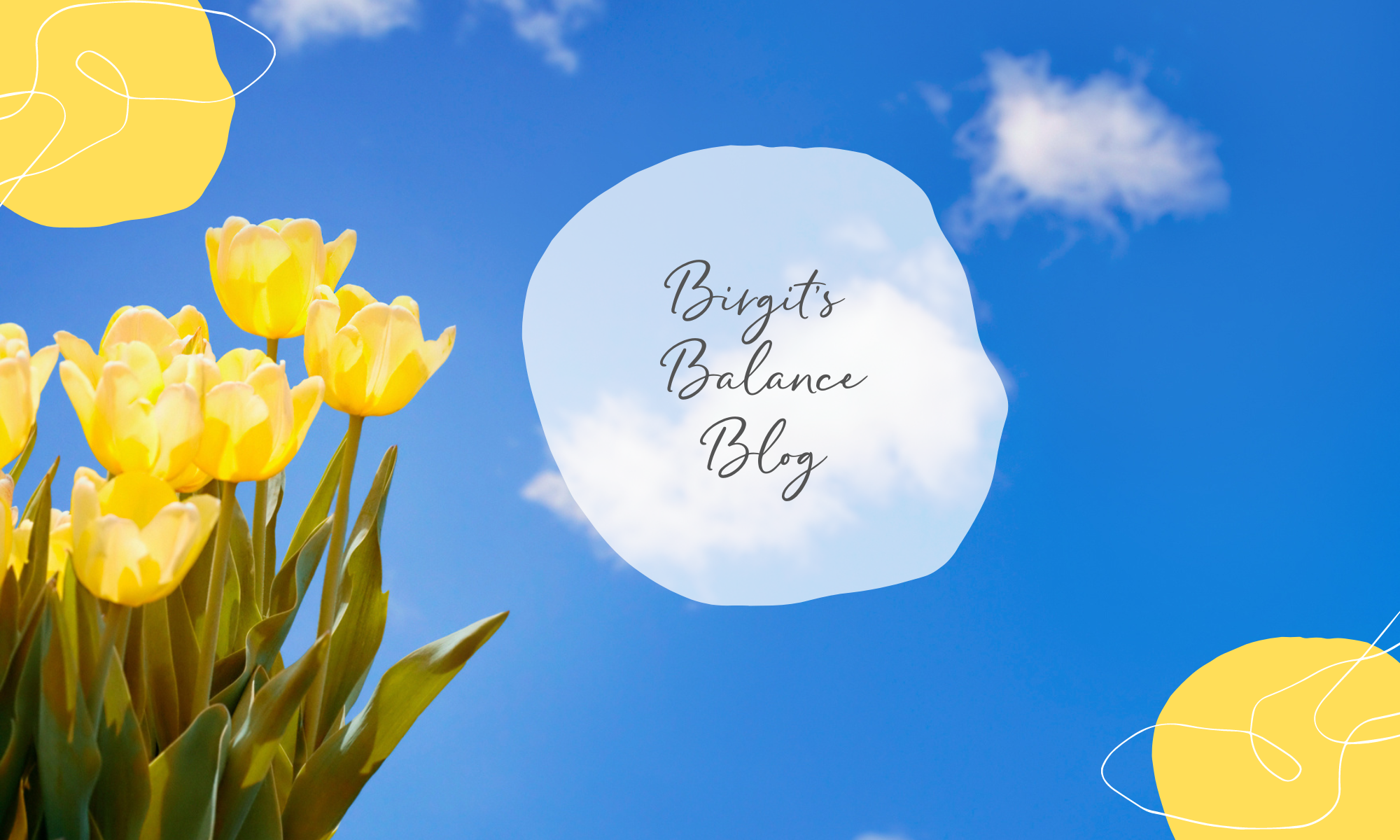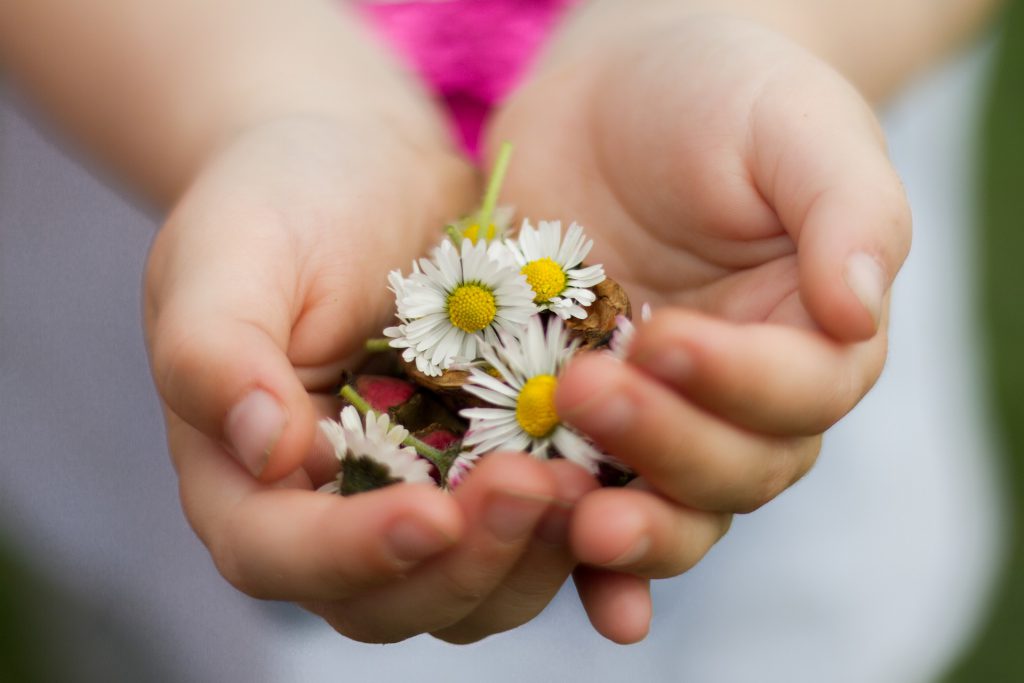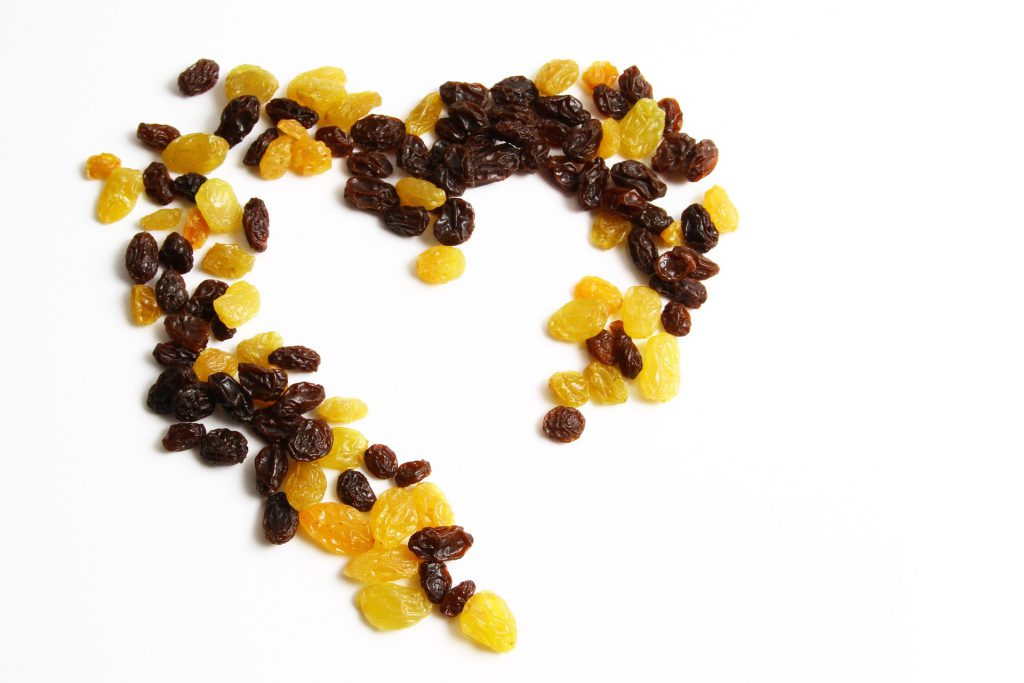
In the light of the current situation I would like to remind all pet owners: Congratulations! You live next to happiness 🙂 Your pets are the best compensation for the currently missing personal social contacts.
I guess this is no new news for you – however, living with pets, that’s scientifically proven, is good for your health. And this is for several reasons:
- Petting your pet lowers your blood pressure. Petting animals releases the so-called bonding hormone oxytocin – not only in humans, but also in our pets (at least in dogs). Oxytocin causes a reduction in blood pressure and cortisol (stress hormone) levels and delivers a feeling of relaxation and confidence. By the way, it also supports the fat metabolism – so it helps loosing weight (unless you eat sweets at the same time ;-))
- Pets strengthen the immune system. If you have a dog, e.g., you need to walk it – no matter what weather. Yes, that’s not always nice – but it strengthens our body’s defences – as does the fact that every walk in daylight boosts vitamin D production. Vitamin D protects our nerves, strengthens our bones and has a positive effect on our mood. Pets can also relieve allergies. This sounds like a contradiction at first because you might rather think of animal hair allergies. However, it has been proven that children who have grown up with pets develop fewer allergies than children from pet-free households.
- Animals live in the here and now and do not evaluate or interpret. Animals act, experience, learn, act, experience, learn. They always act upon the situation. Although they do remember past experiences, they do not know anything like regretting, pondering or worrying. They live the moment and act in the moment. They can interrupt our numerous houghts and if we are open to it, we can discover the world through their eyes – in the present moment – which is both enriching and relieving.
- Animals can strengthen our self-confidence. Animals are very adaptable and fit into the social pack with humans. They are dependent on us – which gives us the responsible – and meaningful – task of taking good care of them. Our actions are important and we feel important and are more self-confident. Moreover, the routines and reliability that our pets need give us a feeling of stability and order.
So my friends – enjoy the company of your pets!
And for those who don’t have a pet – maybe there is someone in the neighbourhood who needs help walking their dog?
Take care of yourself!
Best regards,
Birgit





